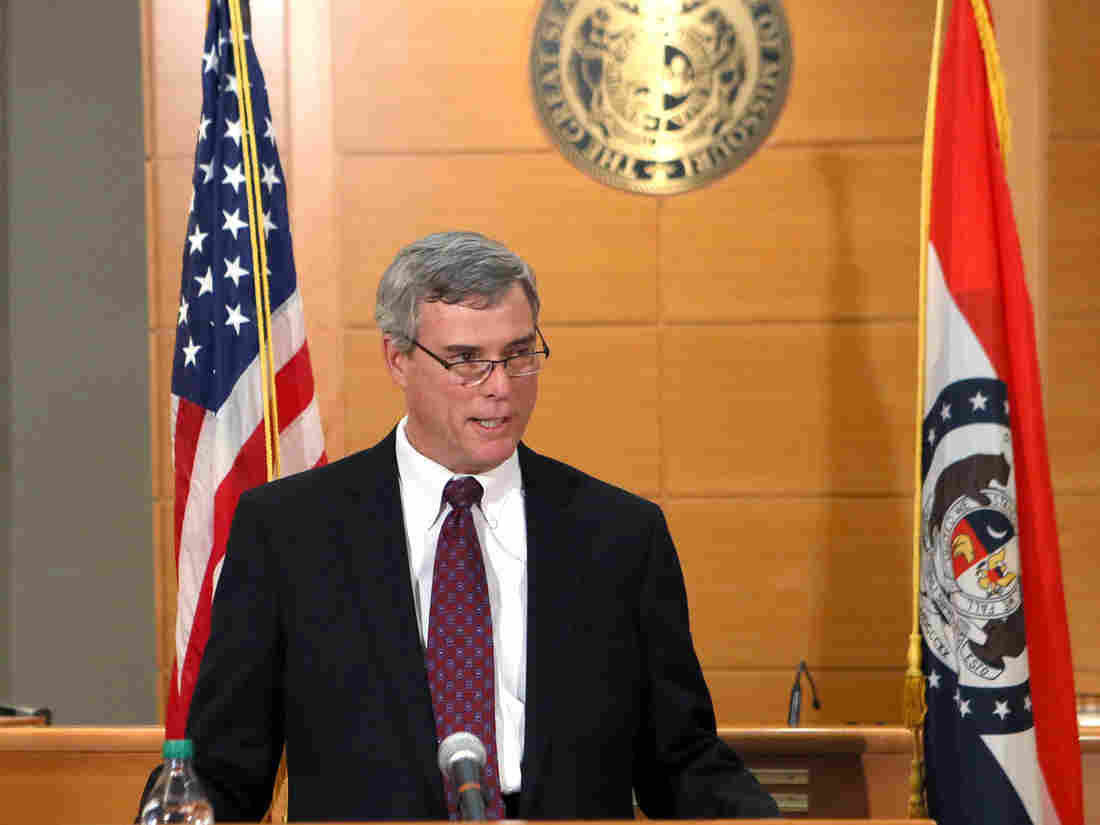R.I. med. students decode Ferguson documents
Rian Yalamanchili, a 25-year-old Rhode Islander, reacted to the grand jury decision to not indict police officer Darren Wilson in the shooting death of Michael Brown, like many people across the country — with grief and confusion. “I was just really shocked and devastated,” Yalamanchili said....
Rian Yalamanchili, a 25-year-old Rhode Islander, reacted to the grand jury decision to not indict police officer Darren Wilson in the shooting death of Michael Brown, like many people across the country — with grief and confusion.
“I was just really shocked and devastated,” Yalamanchili said.
What started as a preoccupation for Rian, reading newspaper headline after newspaper headline about Ferguson, turned into a group project. Rian gathered eight Brown University medical students and two professors — Dr. Elizabeth Laposata and Dr. Lundy Braun. Together, they combed through the raw evidence released by NPR from the prosecutors.

